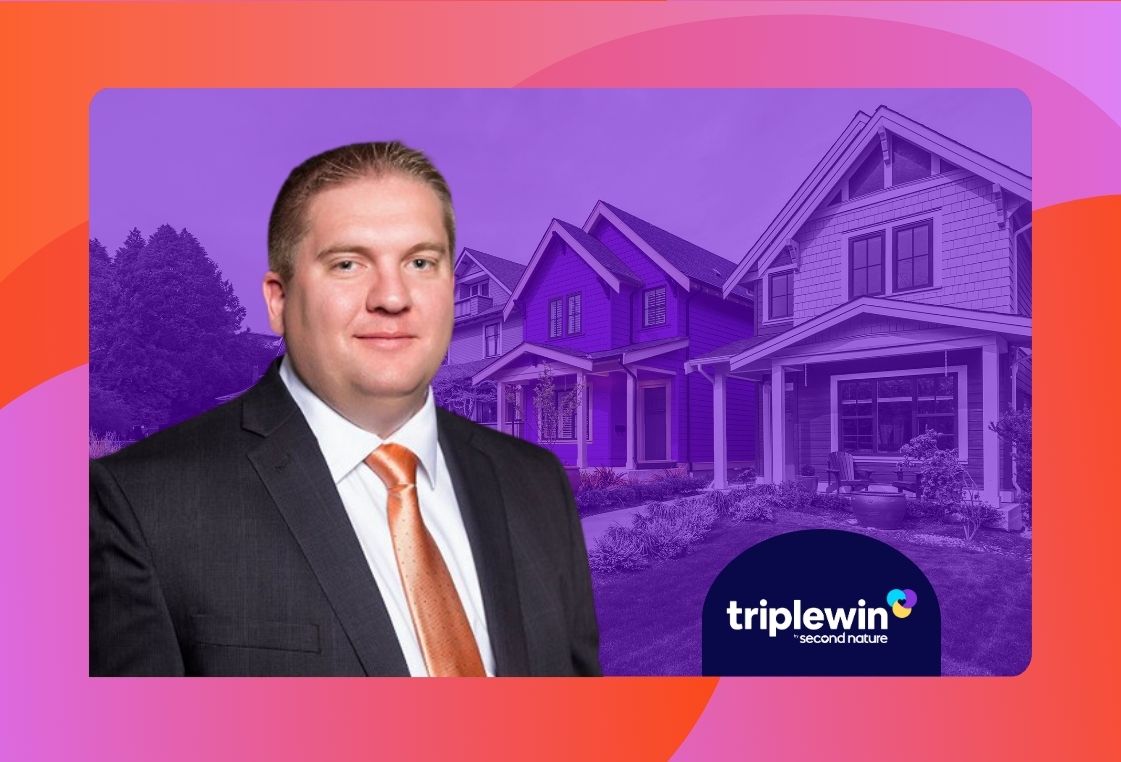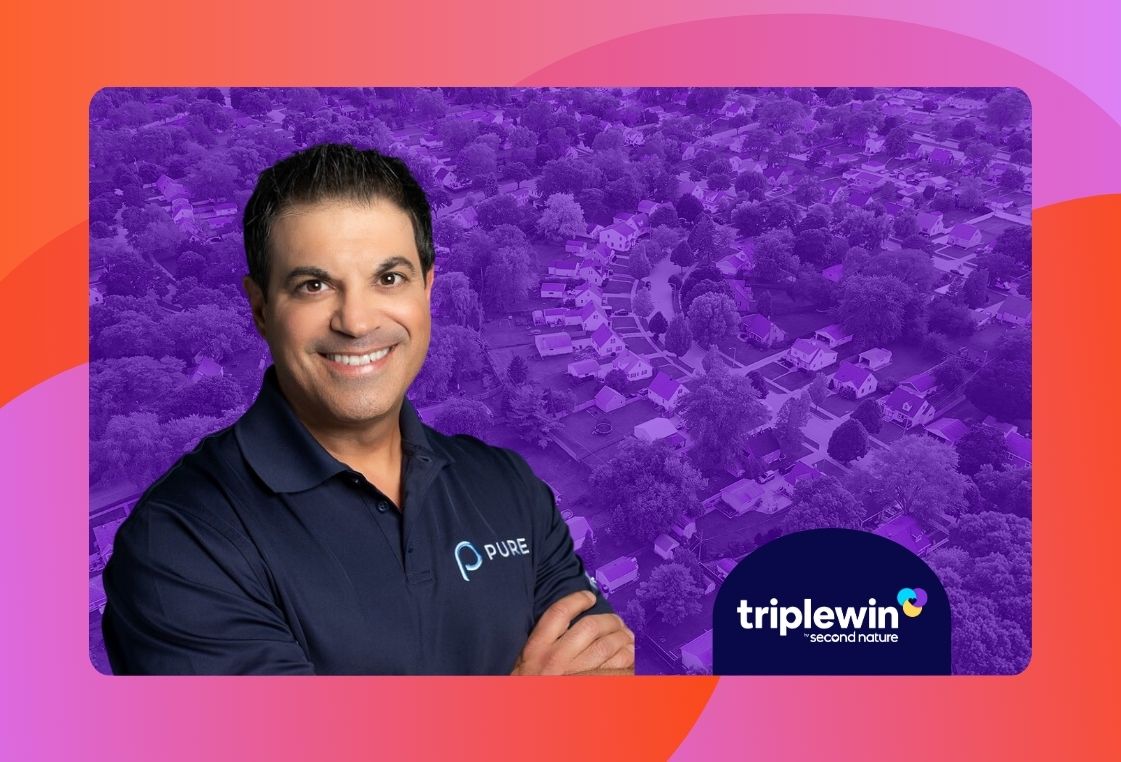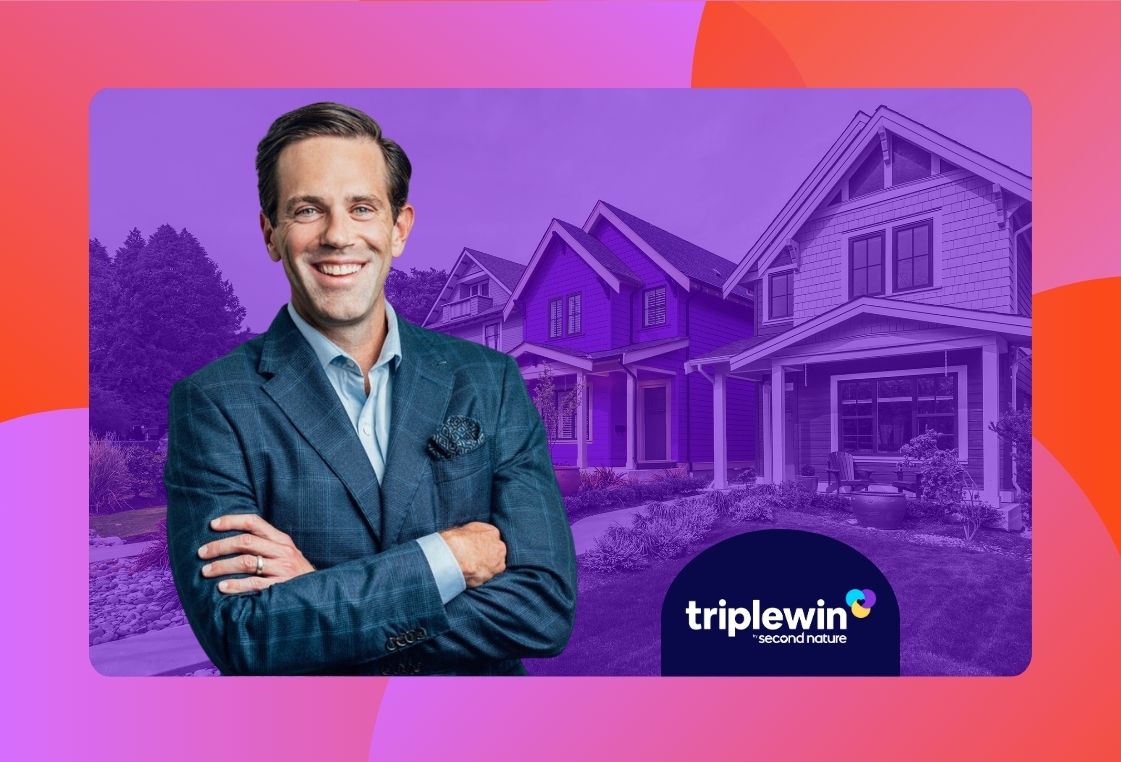
How Resident Benefits Packages Benefit Owners and Investors
In today's competitive property market, ensuring a standout resident experience isn't just a nicety—it's a necessity. Enter the Resident Benefits Package, an innovative tool embraced by savvy property management companies to elevate the living experience for residents. But the advantages aren't limited to just happy residents. For property owners and investors, these packages can translate into tangible, profitable outcomes. From reducing overall costs to bolstering a property's reputation and value on the market, the strategic deployment of a Resident Benefits Package can directly contribute to a stronger return on investment for owners. In this article, we'll delve into the top ways that a Resident Benefits Program not only benefits residents but also significantly boosts the bottom line for property owners. Why focusing on resident experience is the key to success At Second Nature, we’ve seen that when residents win, investors also win. Here’s why: Resident retention is key to winning in real estate investing. And the cost of resident turnover is increasing. In rental management, expenses are up, and the cost of turning a property has almost doubled in four years. Hard materials and labor costs have gone up precipitously. With rent also increasing, it means greater lost revenue while a home sits vacant. At the same time, the market from the owner’s side is getting more competitive. The pandemic days of properties getting snapped up within hours are no longer. The demand has cooled, and it's taking longer to fill properties, and it’s more expensive with each turnover. What does all this mean? Resident retention is increasingly important. Studies continue to show that resident retention and lease renewal is influenced by renter satisfaction. But creating an excellent resident experience is HARD. There are hundreds of experience-critical moments happening over the course of a long-term customer journey, and each of them poses its own unique challenges and opportunities. That’s where the Resident Benefits Package comes in. An RBP is a collection of innovative solutions to some of the most persistent problems in resident experience. A Resident Benefits Package is an answer to the question: How do we make an experience so good that residents never want to leave? By packaging solutions that improve resident satisfaction, the RBP also drives results for investors. The Second Nature RBP includes the following services: Group Rate Internet Filter Delivery Service Identity Protection Resident Credit Building Renters Insurance Resident Rewards Move-in Concierge On-Demand Pest Control Let’s dive into how each of these services leads to better outcomes for property owners. The value of a Resident Benefits Package for property owners While the Resident Benefits Package is a resident-facing product, the benefits extend beyond residents to generate value for property managers and property owners, too. It’s a Triple Win. Here are six of the top benefits to owners of implementing an RBP. 1. Drives resident retention A Resident Benefits Package (RBP) isn’t just a set of perks—it's a holistic approach to improving the living experience of residents, ensuring they stay longer in your property. By focusing on resident experience, property managers can earn better returns on investment for their investor clients – because of resident retention. Here's how each feature of your RBP impacts retention: Group Rate Internet: 98% of residents are already paying for internet service in their homes. By integrating internet into their lease, you can offer gigabit speeds at a lower price than they could access otherwise. Plus, with no equipment fees, setup charges, or other costs, their overall savings are significant. A dedicated phone support line means no more waiting on hold, and because internet is integrated into the lease, they pay right alongside their rent and don't have to juggle yet another monthly bill. All of this adds up to a significant resident experience improvement. Air Filter Delivery Service: The National Rental Home Council (NRHC) found that a filter delivery subscription reduced HVAC-related work orders by 38%. Reducing 38% of no-air calls in hot summers and cold winters means reducing 38% of negative experiences that could make residents want to move. Also, average savings of $177 per year on energy bills alone more than pays for the program cost. Clean air being as easy as opening the front door helps residents breathe easy and stay healthy. Happier, healthier residents make for healthy investments, too. Resident Identity Protection: Identity theft actually passed home burglary in 2021 and continues to rise. In an age where identity theft is a pressing concern, offering residents an identity protection service is a critical way to keep them safe. Advanced AI technology actually monitors the dark web and helps prevent issues before they occur. A $1M policy and a team of restoration specialists are there to keep good residents protected from a bad situation turning into delinquency or even eviction. In short, it protects residents’ ability to pay rent and support a long-term lease. Resident Credit Building: This service actively helps residents improve their financial health. Our credit building program is shown to save residents hundreds to thousands per year on car payments and credit cards. Plus, renewing residents can get back reporting up to 24 months at no extra cost, which puts even more incentive on renewing. Renters Insurance Program: OK, so there’s insurance, then there’s triple win-surance. Our purpose-built master policy covers property damage and legal liability but also coverage for residents' personal belongings. There are even unique coverages not often found in retail policies, like rental income loss in the event a covered peril leads to rent concession. And residents get the benefit of bulk pricing, saving a few dollars off the average premium. If residents want to get their own policy, our program monitors any 3rd party policies so there are no lapses in coverage. Closing that compliance gap means eliminating risk and exposure for you and your property. Resident Rewards Program: Second Nature’s rewards program incentivizes positive behavior like timely rent payments. Just by paying rent on time, residents avoid late fees and earn $150+ in gift cards and rewards points. Instead of feeling like rent is a drain, now they are building and earning. Move-In Concierge: Property managers know an important insight: Within the first 60 days of renting, barring a life event, many residents have already decided whether they will renew or not. That’s why move-in and the first few weeks are so critical to retention. By offering a move-in concierge service, you're easing this transition. This service can assist with utilities, internet, TV, and more, making the move smoother and setting a positive tone right from the start. On-Demand Pest Control: A comfortable living space is one free of pests. But preventive sprays are really a luxury, not an ROI. On-Demand Pest Control eliminates disruptive, big expenses – and brings fast, quality service to stop infestations at one-third the cost of preventive sprays. This high-value approach ensures responsibilities are transparent and accounted for so owners don’t get stuck with bills that shouldn’t be their responsibility. In essence, every feature of the RBP is carefully chosen to add value to the resident's experience. When residents perceive value, feel protected, and benefit financially, they're much more likely to renew their lease, underscoring the importance of a comprehensive RBP in property management. 2. Reduces costs Yep, you heard us correctly! Integrating a resident benefits program is an effective way to reduce investor costs over the long run. For residents, the benefits of the RBP save them money over their alternatives. Here's how it works in terms of cost reduction: Lower turnover costs: With added benefits that cater to residents, turnovers become less frequent. The cost of finding new tenants – think advertising, showings, and screening – can quickly add up, not to mention potential lost revenue from vacant units. An RBP can keep existing residents happy and more likely to renew, thereby minimizing these costs. Maintenance savings: One of the most cost-saving pillars of the Second Nature RBP? Our Filter Delivery Service. The average cost of HVAC repairs has increased by nearly 50% year over year. Preventing emergency maintenance issues has never been more important. An HVAC filter delivery subscription can cut costs up to $300 per property per year and reduce HVAC maintenance requests by nearly 40%. Emergency expense savings: Services like on-demand pest control ensure residents get transparency and cover their lease responsibility, so owners don’t get stuck with a bill they aren’t supposed to. Reduced premiums: With a renters insurance program that ensures 100% compliance, many investors are able to get a discounted rate because there’s less risk of expenses falling on their policy. 3. Increases on-time payments On-time and early rent payments are critical to the overall success of your financial investment in property. A Resident Benefits Package is a tool to increase the resident behavior you want to see – starting with consistent, timely payments. For example, by implementing a rewards program for early or on-time rent payments, property managers tap into a powerful motivational tool. While late fees provide an important incentive, a carrot approach helps drive the best outcome for everyone. Everyone appreciates acknowledgment for their timely actions, and residents are no exception. The prospect of earning rewards serves as a tangible incentive for current residents to ensure each month’s rent is paid promptly. Rent day becomes rewards day. Of course, on-time rent payments don't just benefit property investors, they can also bolster the credit profiles of residents. With a credit building program built into an RBP, each punctual payment is reported to credit bureaus, allowing residents to progressively build or enhance their credit scores. Knowing that their timely payments contribute to their financial well-being provides residents with another compelling reason to always pay on schedule. The savings residents get on rewards, auto loans, credit card interest, etc., makes it easier for them to be able to afford rental payments – and increases – over time. Credit reporting protects both the residents and property owners. 4. Protects your assets Let’s jump into a story for a minute. A landlord we know onboarded a new resident last year and asked that resident to show proof of insurance before they moved in. All good to go, they signed the lease and moved in. The problem? The policy later lapsed. After that date, there was a house fire. Fortunately, no one was injured, but the home was a total loss. A triple-lose situation of the biggest proportions – for the resident, the property manager, and the property owner. Maybe you know people who have been through similar situations. Or maybe you have yourself. That’s why the Second Nature Benefits Package includes a renters insurance program that ensures 100% compliance. We specifically designed it to generate triple-win protection. The program includes a master policy that residents can opt into or requires them to carry their own insurance policy. 96.3% of Second Nature residents are enrolled in a master policy or the custom HO4 we offer in our program. 3.7% of residents bring their own approved policy. In addition, our renter’s insurance includes protections for the property owner, like Rental Income Loss protection. Another benefit is that you can generally get a discount on your own property insurance if this kind of program is in place. Wins all around. 5. Improves financial value Real estate is obviously an asset. But consider this, too: The asset to a rental property owner is your revenue from the property. Sure, real estate itself can appreciate, but you can also look at it a different way – your residents’ income and ability to pay rent is also an asset you want to protect. That’s where identity protection comes in. In 2021, cybersecurity threats passed home burglary in the level of risk it poses to Americans. In 2021, one in eight Americans were victims of identity fraud, equaling up to $52 billion in losses. Identity theft has a massive impact on people’s financial security and their ability to pay rent. Our $1 million identity protection, with proactive dark web monitoring, is there to protect your residents and keep you from having to penalize or even evict a resident who is affected at no fault of their own. Another bonus: Residents at your properties have peace of mind. 6. Increases ROI A Resident Benefits Package focuses on the most streamlined ways to get residents products and services that make leasing rewarding, effortless, and predictable. Bundling services together in a benefits package results in substantial cost and time savings compared to procuring each service individually. A bundled approach minimizes administrative burdens and streamlines processes, further reducing operational costs. The savings generated from this efficient approach can be passed on to the residents, thus boosting the property's value and, consequently, the investor's ROI. An example of this is on-demand pest control. Pest control is often buried in lease agreements and is unclear. Some agreements cover preventive sprays (which are expensive!), but less than 20% of issues are dealt with through those services. It’s a luxury cost that some people will want to pay for, but it’s certainly not an ROI proposition. An RBP with on-demand pest control, on the other hand, protects the investor for 50-70% lower cost. Residents get the kind of pest control they really need – on-demand – so when they have an actual issue, they can immediately file a claim. This prevents issues from escalating into bigger issues and infestations – situations where the cost too often falls on the investor. Costs are lower, residents are happier, and your properties and financials are safer. These services also manage compliance for you. Different states have different laws regarding who is responsible for pests, the resident or the investor. Pest control services through an RBP will ensure you are always in compliance. Why RBPs are essential to Triple Win rental experiences A Resident Benefits Package isn't just a compilation of services – it's a holistic approach to property management services that replaces negative resident experiences with positive ones. For property investors, the advantages are clear: cost savings, increased retention, timely payments, protected assets, and an elevated return on investment. Beyond the numbers, it’s about cultivating a relationship where residents feel valued, supported, and eager to stay. As the landscape of property management evolves, those who prioritize resident experience are looking at long-term returns on those investments. A peek into the future: An innovative and parallel service that property managers can provide is an Investor Benefits Package (IBP)™️. The IBP should provide an investor experience platform™️ that unlocks scalable product and service customization, digitized onboarding, accounting policy automation, and more. Learn more at the link.
October 10, 2023
Read more


















